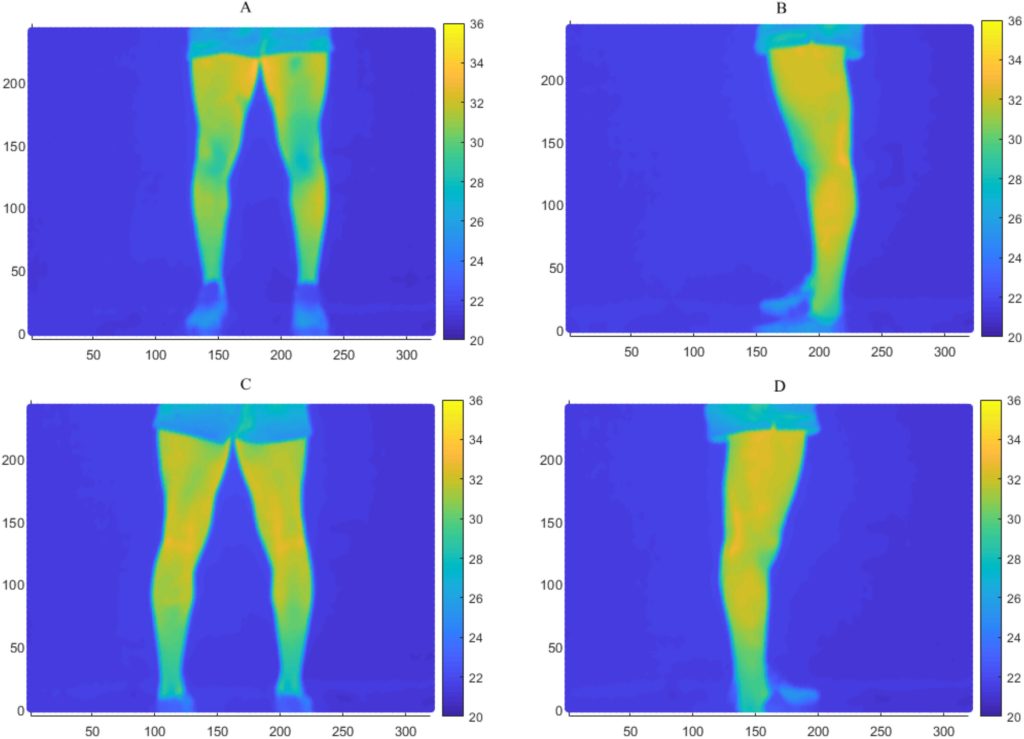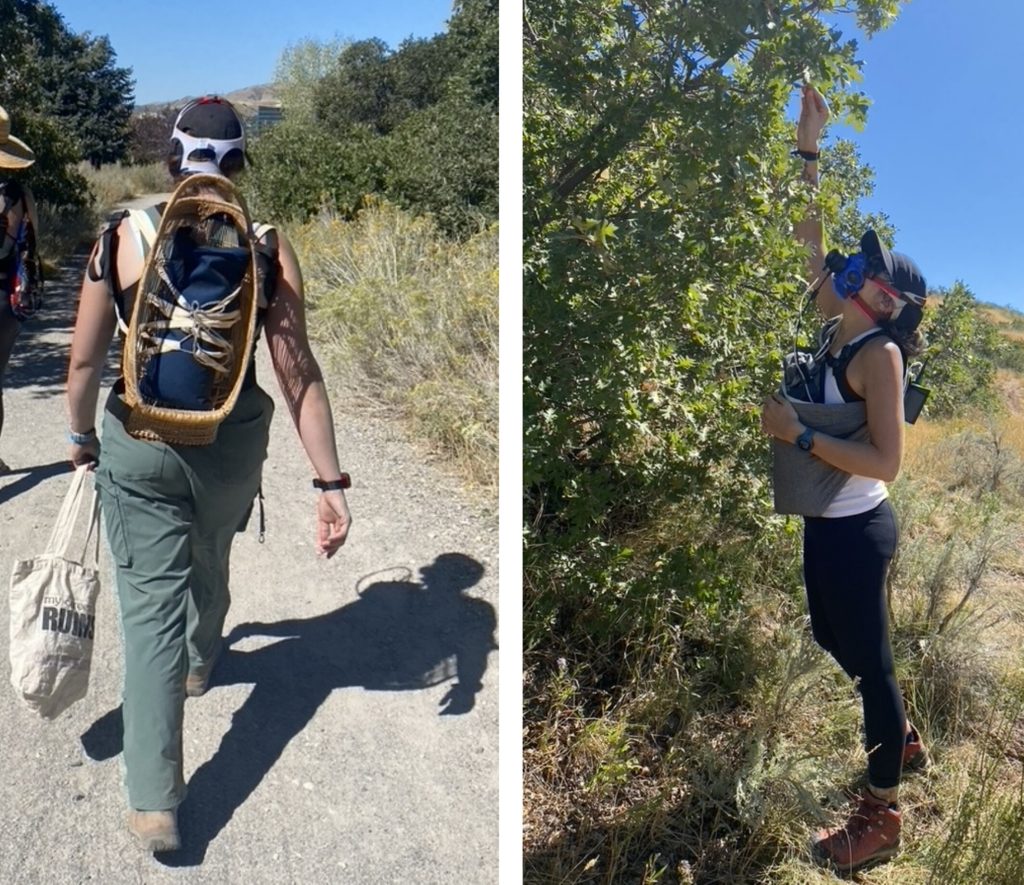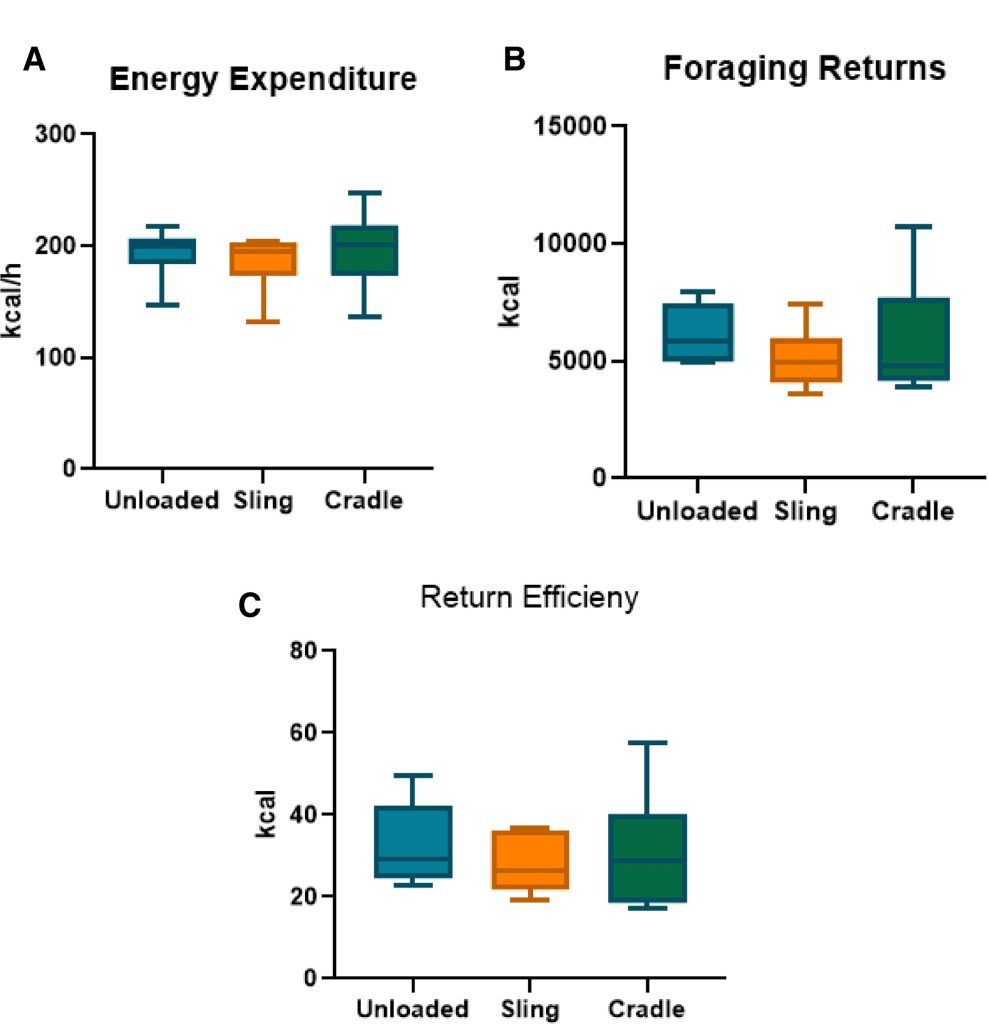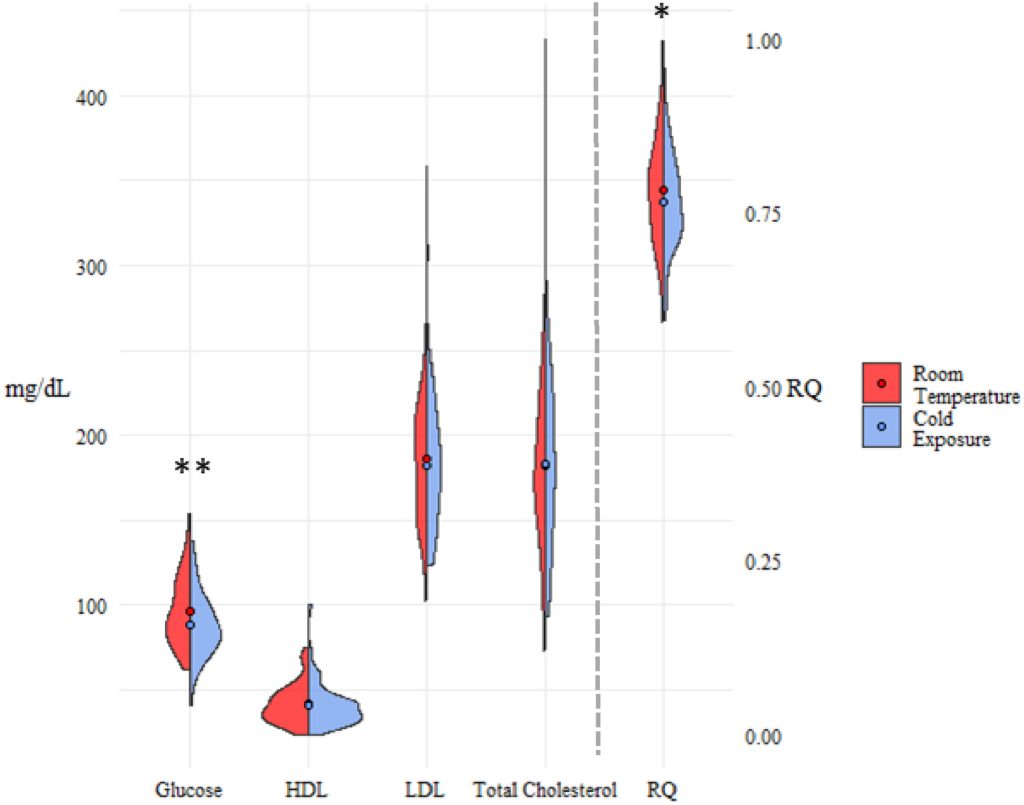I will be upfront in that I had absolutely nothing to do with this design and data collection of this study. Lead author, the amazing and brilliant Courtney Manthey, led this study and she wanted to better understand if there is a connection between early age at menarche and Polycystic Ovary Syndrome (PCOS). She was also interested in if there are potential evolutionary reasons for the existence of PCOS, but that didn’t make it into the paper. She asked me to collaborate in the interpretation of the results in an energetics framework. I don’t say this to wash my hands of this work – quite the opposite! More that I only had the tiniest of roles in this work and credit goes to Courtney.
She found that early age at menarche is associated with developing PCOS, but we still have a lot of unanswered questions. In terms of evolution, an early age at menarche would mean growth stops sooner than it would have otherwise. This would lead to smaller body sizes and a decreased energetic demand to maintain that small body – a potential benefit in our ancestral environments. This might help explain the high heritability of PCOS, but again, lots of work needs to be done to confidently say this.




